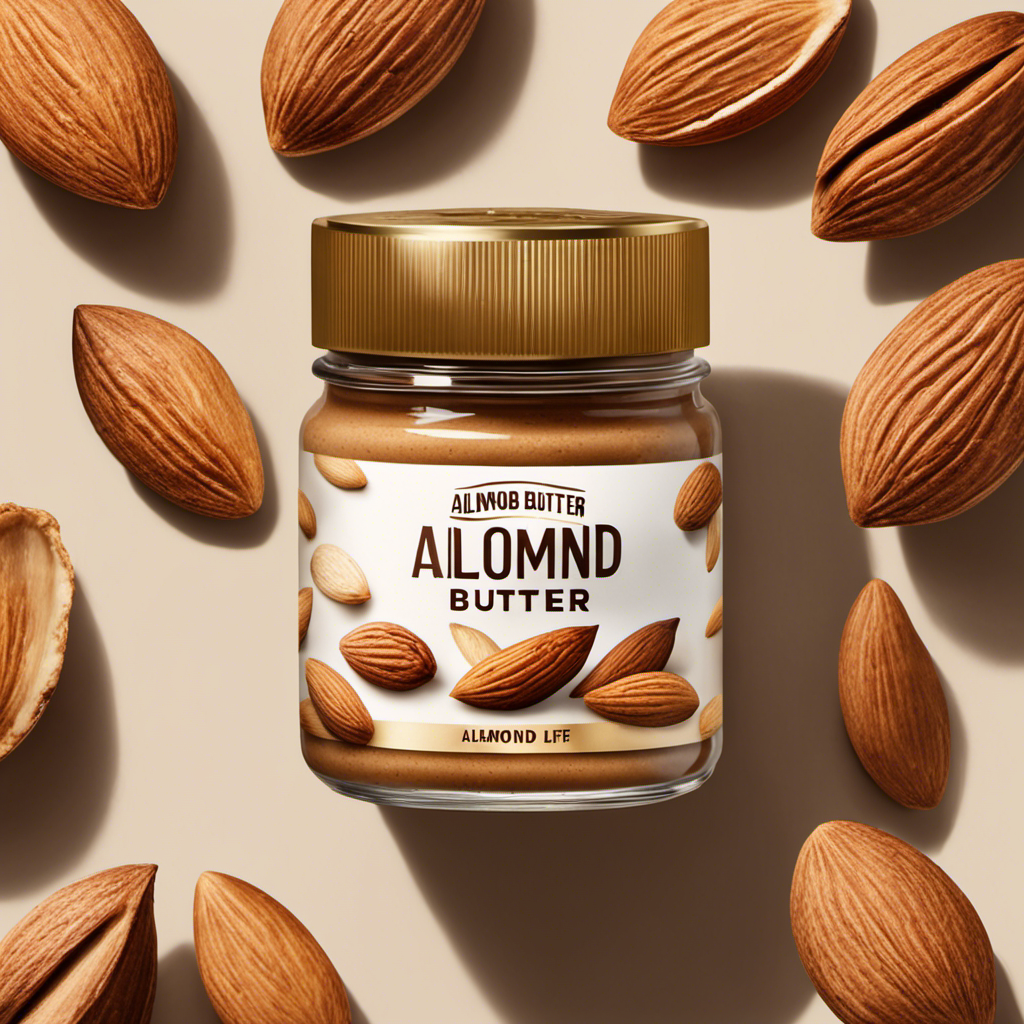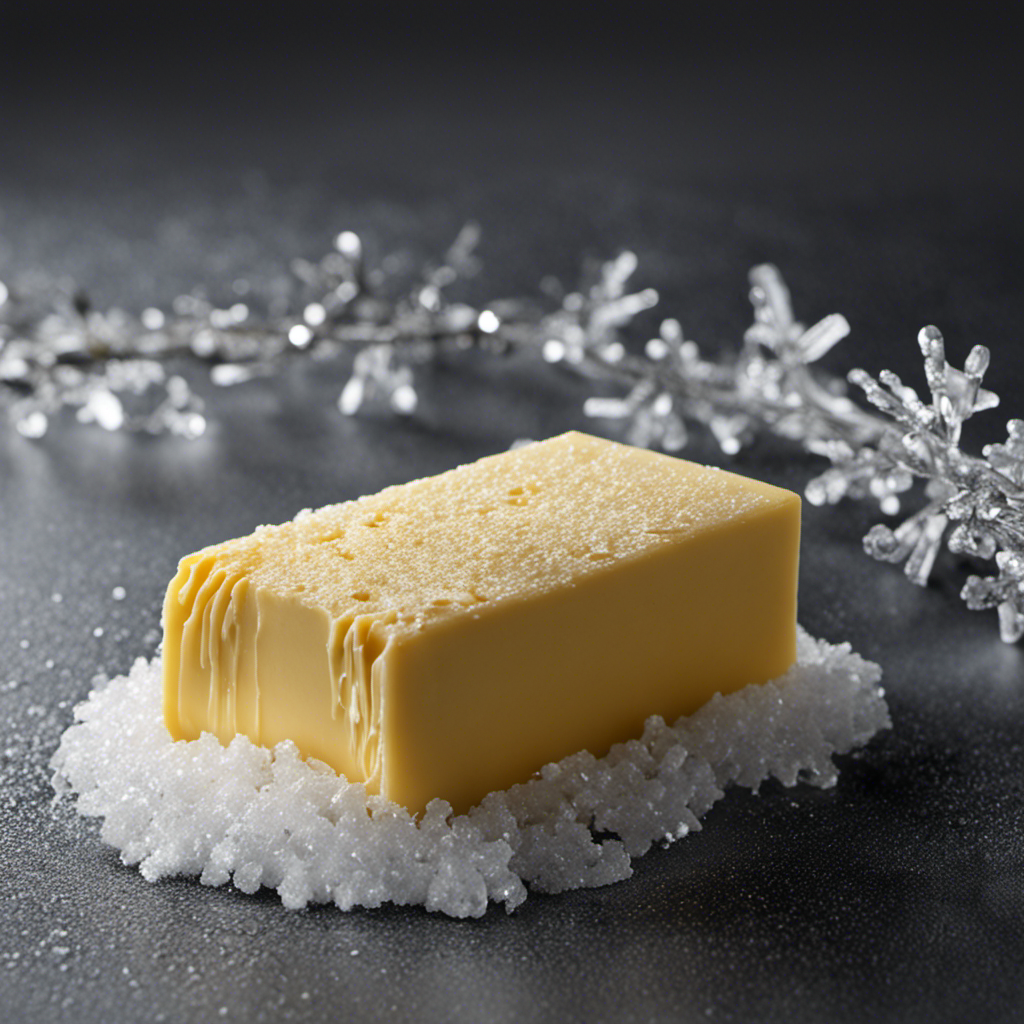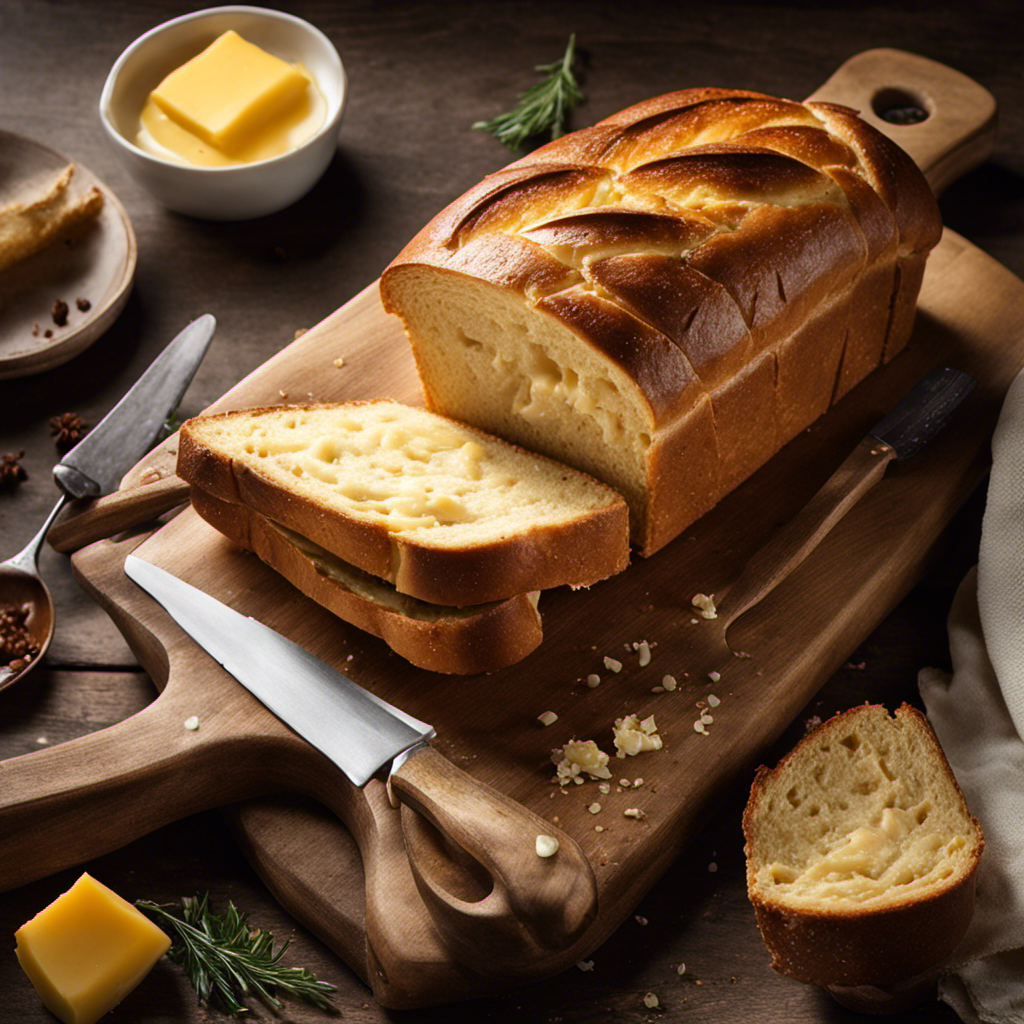Do you enjoy indulging in the creamy goodness of almond butter? Curious about its shelf life once opened? Look no further!
In this article, we’ll dive into the shelf life of almond butter after opening, the factors that affect its freshness, and the best storage methods to keep it at its prime. Plus, we’ll share tips on how to extend its shelf life, so you can enjoy this delectable spread for as long as possible.
Let’s get started!
Key Takeaways
- Almond butter can last for several months after opening if stored properly.
- Refrigerating almond butter can extend its freshness.
- Storing almond butter in a cool, dry place and sealing it tightly after each use helps preserve its quality.
- Signs of spoiled almond butter include an off smell or mold, and it should be discarded to avoid potential health risks.
Shelf Life of Almond Butter After Opening
Once you open a jar of almond butter, it’s important to know how long it will stay fresh.
Almond butter is a nutritious spread made from ground almonds, packed with essential nutrients and healthy fats. It is a rich source of vitamin E, magnesium, and protein, making it a popular choice for health-conscious individuals.
Compared to other nut butters, almond butter stands out for its higher vitamin E content, which acts as a powerful antioxidant in the body.
In terms of shelf life, almond butter can last for several months after opening if stored properly. It is recommended to refrigerate almond butter to extend its freshness. However, if you prefer a creamier texture, you can keep it at room temperature for up to a month.
Remember to always check for any signs of spoilage, such as an off smell or mold, before consuming.
Factors Affecting the Freshness of Almond Butter
After opening, factors like storage conditions and exposure to air can affect the freshness of almond butter.
Almond butter, known for its creamy texture and nutty flavor, is not only delicious but also packed with nutritional benefits. It is high in monounsaturated fats, which are heart-healthy, and contains essential nutrients like vitamin E and magnesium. Compared to other nut butters, such as peanut butter or cashew butter, almond butter tends to have a slightly higher amount of fiber and protein.
However, to maintain its freshness and prevent it from becoming rancid, proper storage methods are crucial. By storing almond butter in a cool, dry place and sealing it tightly after each use, you can extend its shelf life and enjoy its creamy goodness for longer.
Recommended Storage Methods for Almond Butter
To maintain the freshness of your almond butter, make sure to store it in a cool, dry place and seal it tightly after each use. This will help prevent the growth of bacteria and preserve the quality of the almond butter for a longer period. While refrigeration is not necessary, it can extend the shelf life of almond butter by slowing down the oxidation process. However, refrigeration may cause the almond butter to harden, making it less spreadable. If you prefer a softer texture, you can simply remove the almond butter from the refrigerator and let it come to room temperature before using. When it comes to choosing the best container for storing almond butter, opt for airtight containers made of glass or plastic. These containers will help keep out moisture and maintain the freshness of your almond butter for a longer period.
| Container Material | Benefits |
|---|---|
| Glass | Doesn’t absorb odors or flavors, easy to clean |
| Plastic | Lightweight, portable, less likely to break |
Signs of Spoiled Almond Butter
If your almond butter starts to develop an off smell or mold, it may be a sign that it has spoiled. To avoid this, it is important to properly store your almond butter and be aware of its shelf life.
Almond butter, especially homemade almond butter, offers numerous health benefits. It is rich in healthy fats, protein, fiber, and essential vitamins and minerals. Making your own almond butter is simple and allows you to control the ingredients and avoid any additives or preservatives.
However, it is important to note that almond butter, like any other food product, can go bad. Pay attention to any changes in smell, texture, or appearance. If you notice any signs of spoilage, it is best to discard the almond butter to prevent any potential health risks.
In the next section, we will discuss some tips for extending the shelf life of almond butter.
Tips for Extending the Shelf Life of Almond Butter
Storing your homemade almond butter in the refrigerator can help prolong its shelf life. The cool temperature slows down the oxidation process, preventing the butter from going rancid.
However, it is important to note that refrigeration can cause the almond butter to harden, making it less spreadable. To counteract this, you can leave the almond butter at room temperature for a few minutes before using it.
Additionally, if you have leftover almond butter, there are various ways you can incorporate it into your meals and snacks. You can use it as a spread on toast, mix it into smoothies, or even use it as a base for salad dressings.
When it comes to choosing the best brands of almond butter, it is recommended to look for ones that are made from high-quality ingredients and have minimal additives or preservatives. Some popular brands include Justin’s, Barney Butter, and Artisana Organics.
Conclusion
In conclusion, you now know how long almond butter remains fresh once opened.
On average, almond butter can last up to six months, but this can vary depending on various factors such as storage conditions and quality of the product.
It is important to store almond butter in a cool and dry place to maintain its freshness.
Interestingly, studies have shown that properly stored almond butter can still be safe to consume even after the expiration date.
So, make sure to follow the recommended storage methods and enjoy your almond butter for longer!










